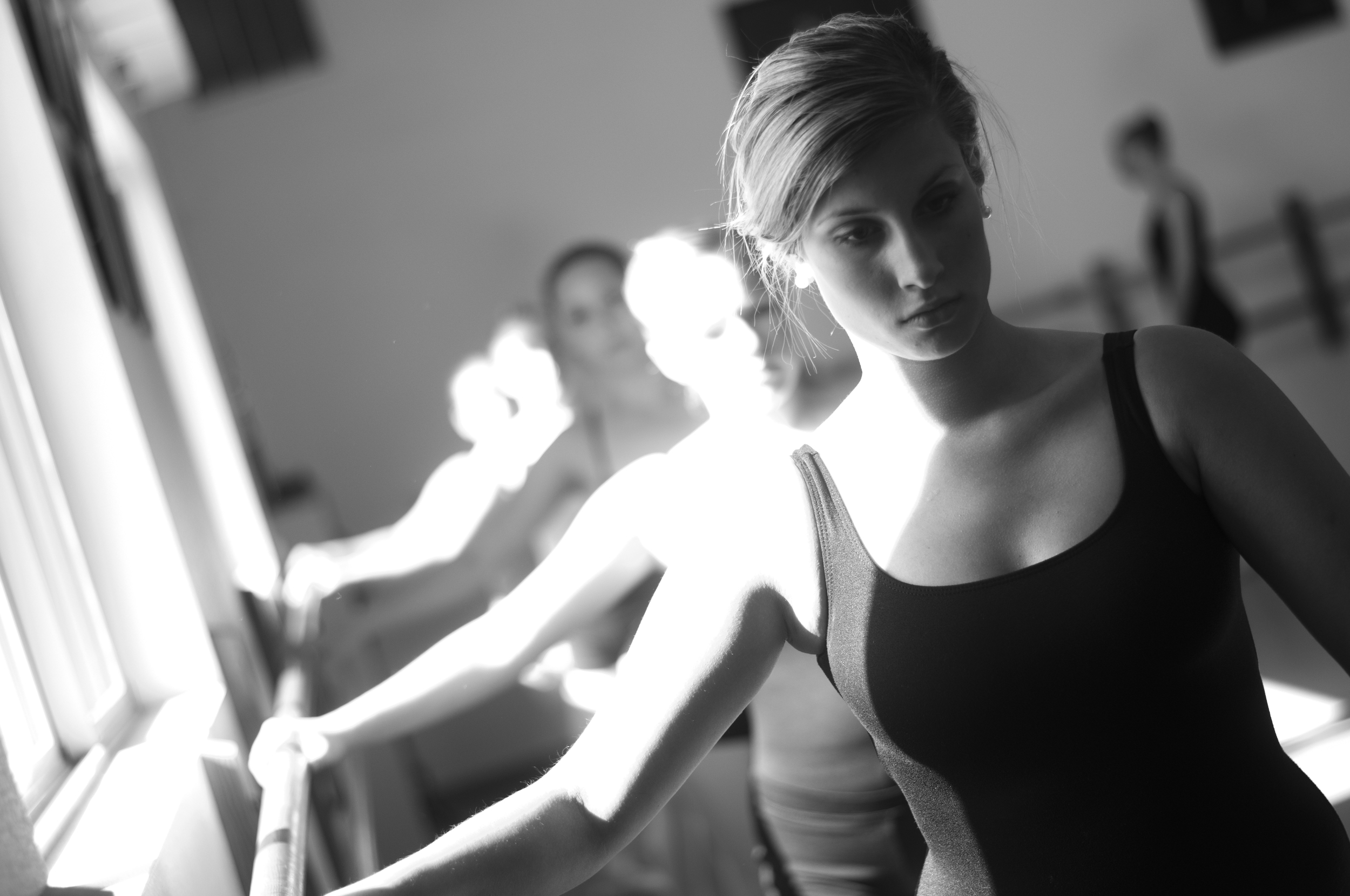Getting the Littles In Line
/So part of my job as a choreographer to the masses is to convince dozens of preschoolers to stand in straight lines and do the same moves at the same time. So, let's get real. Sometimes, I am successful, and other days it feels a whole lot like herding cats. I will confess though, I have been called the preschool whisperer more than once and no one can coax a tiny dancer in to line like I can. So, for all of you brave cat herders out there, I've decided to share a few of my trade secrets. These are a few of the tricks up my sleeve for creating a clean performance piece for my youngest dancers.
• Run choreography at least three times per class, but not in a row! Little ones do not have the patience to repeat a dance several times. Run their choreography once at the beginning just after warm up, once just after water break, and once at the very end of class.
• Break the dance in to thirty second cleans. Go through 30 seconds at a time without music, talking through it with words and stopping to ask questions - "are your feet kissing together?" - "Where are your arms?" etc.
• Take pretend photographs of your dancers. Make a sound like you are taking their picture and have them freeze where they are to see if they are all in the same place at the same time. Make a big deal of this, pull out your huge invisible camera and "CU-LICK" really loud to get them to freeze. Make a huge fuss over the dancers who have their arm and feet placement correct in the imaginary photo. I've used the Ipad and taken real photos before, but this can be a distraction, and honestly, my pretend photos turn out way better!
• Play 'find your spot." Ask your students to dance around the room, then on your cue, they should try to find their beginning position for the dance as quickly as they can. Even more fun is turning your back towards them and counting down backwards from ten, when you reach 1, turn around to be "surprised" by the fact they have all found their spots.
• Audience vs. performer. Have your dancers take turns in each role. First talk about what each role does. An audience watches, claps, etc. A dancer has lots of energy, uses facial expressions, etc. Make a huge deal over each role and make sure the "dancers" have tons of energy and performance while the "audience" cheers their little heads off to encourage them.
• Facial Expressions. Have all of your dancers sit in front of the mirror and ask them to show you different faces - sad, happy, mad, scared, surprised, etc. Then have them face each other in pairs and have them try different emotions and their partner mimics their face. Then talk about how we want to be happy when we perform because we want our audience to be happy too. Our faces tell our audience how to feel the same way your face told your partner how to feel.
• Use emotions with movement. Ask your little dancers to perform different parts of your choreography while being happy - for example, do happy skips, happy pliés, etc. Happy or excited are the emotions I've had the most success with in young ages to encourage high energy and performance quality.
• Give compliments. Yell out praise for what you want to see - even if they aren't doing it! For example, call out "I love your strong arms," - even if they all have wet spaghetti noodle for arms. It helps encourage them to start emulating your words with their movements. "Wow! Look at those hands on hips!" - and suddenly their hands will magically be on their hips.
Just to clarify, I would certainly never use this whole list in one class. I rotate my magic tricks and often take cues from the dancers on what kind of class we are having to determine which technique will be the most effective. All of these have worked wonders for my little future stars, but if all else fails, I'm not above bribing with candy. More than anything though, your students want to please you, so with a firm voice, high hopes, and a little bit of stage magic, I'm confident our tiny dancers will make us proud. Happy dancing!


